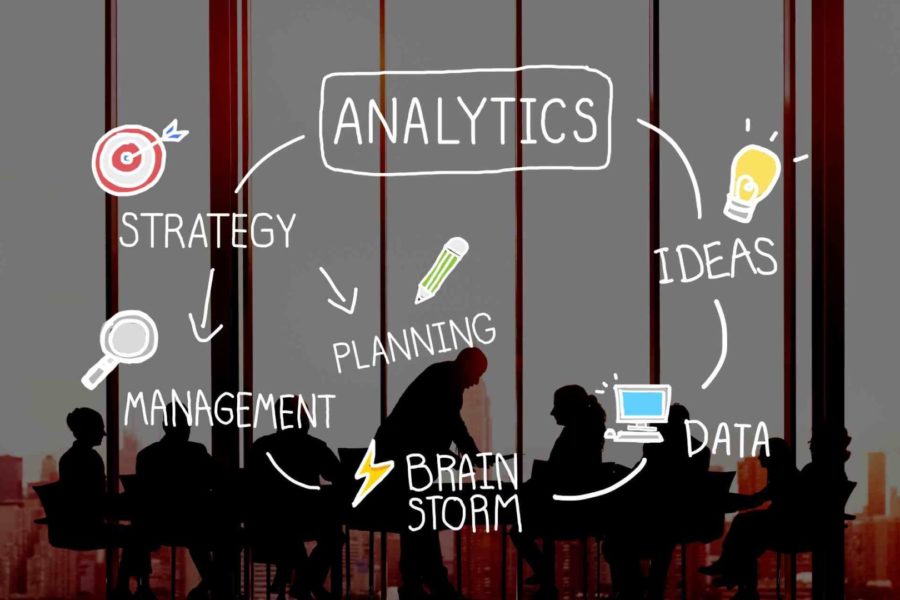The Rumsfeld Matrix as an effective tool in the decision-making process
During a briefing on the Iraq War, Donald Rumsfeld divided information into 4 categories: known known, known unknown, unknown known, unknown unknown. ...

The continuous growth in data has led to the constant development of tools and solutions in the field of analytics. With the rise of technologies like IoT and the increase in computing ability of systems, data is becoming richer, more diverse, and of higher quality. The statistics show that we make 5 bn search queries every day. It was also revealed that we send 500 m tweets and 294 bn emails, and share 95 m photos on Instagram on a daily basis. Additionally, one connected car generates around 4 TB, and wearable devices are expected to produce 28 PB by 2020. We create 2.5 EB of data each day, and if it seems like a lot, consider this analysis predicting that in 2025 we’ll be producing staggering 463 EB.
A McKinsey Global Institute report states that machine learning—a practice of using algorithms so that computer systems can learn from data and perform tasks without being thoroughly programmed—is at the leading edge of analytics. Growing investments in computing clusters, mostly accessed as cloud services, further contribute to the upsurge in data analytics.
According to a SaS report, 72% of organizations are benefiting from analytics, reporting that it helps them glean actionable insights. The study responders mentioned other advantages such as less time spent on data preparation, more confident decision making, faster achievement of insights, and so on. As a result, 60% of enterprises became more innovative once they started employing analytics resources, while 66% significantly improved their core business operations.
Analytics is transforming the market landscape, as business leaders use it to increase revenue, enhance operational efficiency, respond to new trends, and revamp marketing strategy to leverage their competitive advantage.
Moving customer interactions into the digital realm is also gainful for commerce, marketing, and product development, and the success of companies like Uber and Spotify are proof of that. For them it was easier to build new models from the ground up than rework the existing ones.
Business executives can rest assured their investments in the analytic platform will pay off, as McKinsey calculated that productivity gains of investing organizations will approximately increase by 6-8%. Putting it into perspective, that doubles the companies’ investments within a decade.
But, having recognized the power of data analytics, how do you start harnessing it? It’s clear the transition to a data-driven company can’t happen overnight. The first step is to develop a concrete strategy. Business leaders need to pinpoint the organization’s weak spots and opportunities and set KPIs for each of them. This will help focus on the right aim and determine how data analytics can aid in achieving it.
Upon integrating data analytics into the core strategy, the next stage is fostering a data-driven culture within the enterprise. As Murli Buluswar, AIG chief science officer points out: “The biggest challenge of making the evolution from a knowing culture to a learning culture—from a culture that largely depends on heuristics in decision making to a culture that is much more objective and data-driven and embraces the power of data and technology—is really not the cost.” It’s equally important to develop data infrastructure and the appropriate talent in employees.
Data-advanced powerhouses like Google, Netflix, and Spotify, who heavily invested in cloud-based data analytics, transformed their culture accordingly and can adjust to AI innovations, are the ones at the forefront of customer insight and experience. As evident from their prosperity, the need to invest in data analytics is indisputable.